Keys to Quality Coating Repairs
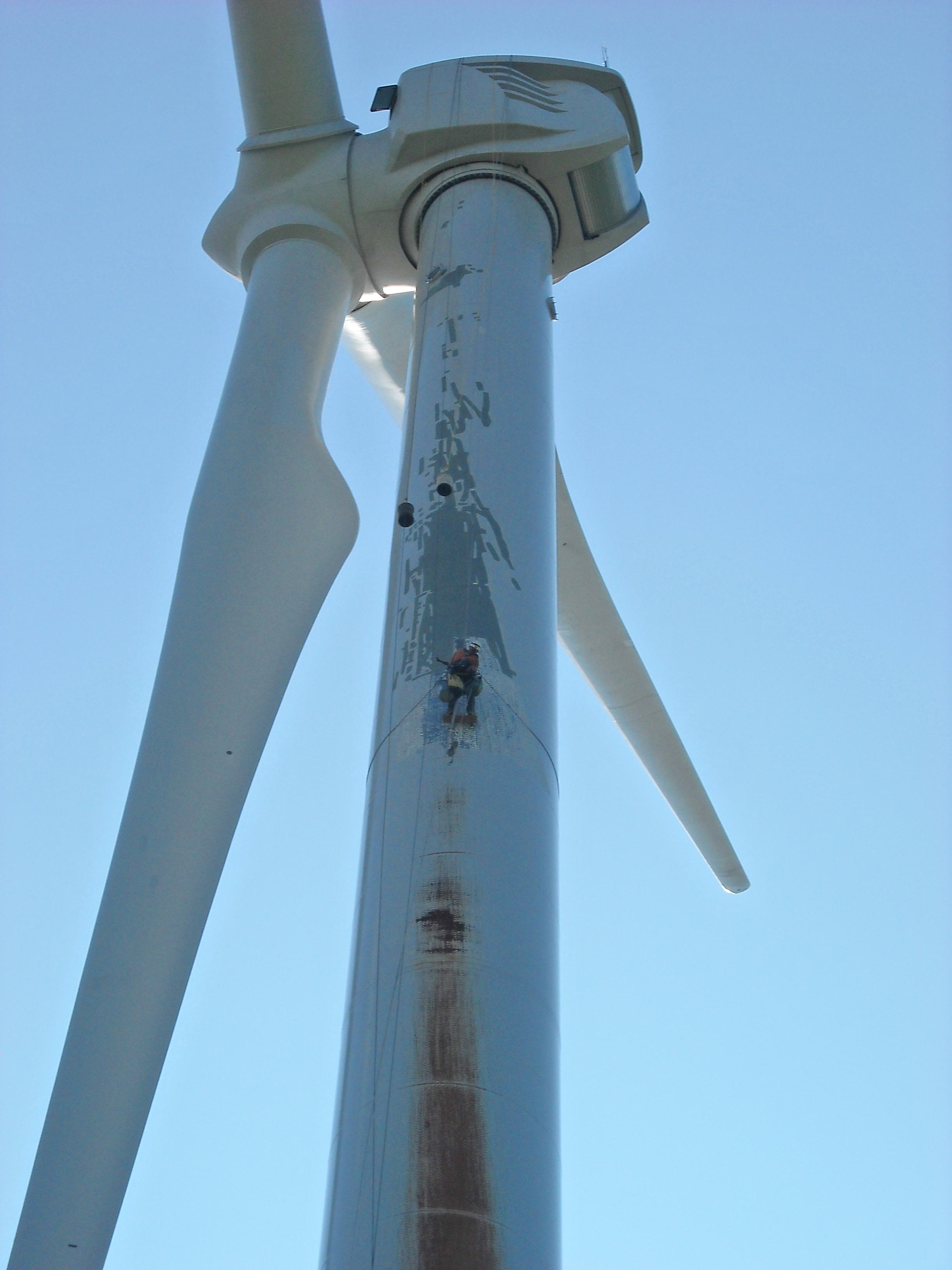 Let's face it, coatings on steel towers at the site aren't usually considered a maintenance issue until the corrosion begins to show up and becomes an eyesore. No one wants to see rust streaks down their towers, least of all the landowners. It's also not a good look for green energy's reputation with the public. Given enough time and neglect, these areas of corrosion could literally send a turbine toppling to the ground. Of course, that's an extreme example of what may happen if industry standards and guidelines are not followed.
Let's face it, coatings on steel towers at the site aren't usually considered a maintenance issue until the corrosion begins to show up and becomes an eyesore. No one wants to see rust streaks down their towers, least of all the landowners. It's also not a good look for green energy's reputation with the public. Given enough time and neglect, these areas of corrosion could literally send a turbine toppling to the ground. Of course, that's an extreme example of what may happen if industry standards and guidelines are not followed.
Coatings failures or damages occur in a variety of ways, from manufacturing to the field. During manufacturing, the coating is applied utilizing a high-pressure spray gun that atomizes the coating, which, if not applied correctly, can build up excess coating thickness. If the dry film thickness (DFT) of the coating is excessive or outside of specification, it will lose its elasticity and fracture along the irregular surface of the welds. Water will seep in to the fracture, and corrosion will begin. Damage can occur for a multitude of reasons during transportation and erection of the towers, and often requires in-field repair. Ideally, the standards maintained by the National Association of Coatings Engineers (NACE) and the Society for Protective Coatings (SSPC) will be applied to the repair process, either before leaving the manufacturing facility, or in the field.
Lack of technician training and process is the weak link. While most people have brushed a coat of latex or possibly alkyd based paint on their houses, the application of multicomponent coatings is best left to technicians who possess the necessary training, knowledge, and experience to complete the work to NACE/SSPC standards.
Coatings might be on hand during installation for the purpose of real time repairs, but their condition may be suspect due to lack of proper storage and use. To perform a quality repair in the field, the company performing the repair should first supply an appropriately trained or certified technician, as well as a specific work instruction outlining the necessary steps to take as reflected in the technical data sheet (TDS) of the specific coating.
Surface preparation is of the highest importance; a surface must be clean, dry, and free of any dirt, oil, and grease (or as described SSPC standards). Any existing corrosion must be removed. There are, however, certain coatings which allow for a defined amount of corrosion to be present on the substrate. If the coating does not allow for any corrosion, the next step is to remove it. There are three different levels of cleanliness (surface preparation); SSPC SP5, SP10, and SP11. SP5 is a white metal abrasive blast, completely free of any corrosion. SP10 allows for a small amount of corrosion within a specified area, and SP11 is Power Tool Cleaning to Bare Metal. Any of these will provide the level of cleanliness and surface profile that epoxy and polyurethane primers require while achieving adhesion. The next step is to remove any loose, peeling, or flaking paint. This can be achieved with either Hand Tool Cleaning or Power Tool Cleaning. SSPC basically specifies that the coating must be sound, intact, tightly adhered, and feathered back to expose the underlying coating.
A typical three-coat system consisting of a sacrificial primer (zinc rich primer), barrier mid coat (polyamide epoxy), and UV protective top coat (polyurethane top coat) has been shown to perform the best. Application methods in these scenarios depend on the volumes to be applied and the sizes of the repairs. In some instances, applying the coatings with a brush will be best, while others may require the use of a spray gun.
During and after the cleaning and coating process, it is extremely important to document the repair. Ambient conditions, type of coating applied, batch numbers, wet and dry film readings must also be recorded, to ensure the coating is applied properly and to the correct specifications.
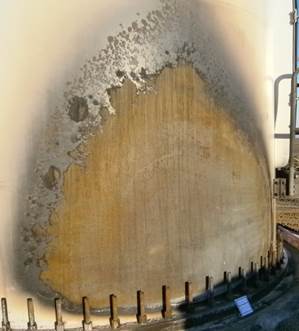
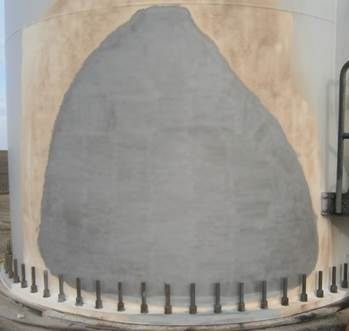
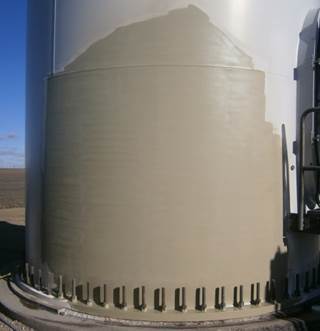
Repairs to wind turbine coating is serious work, and must be to executed with the highest level of quality, process, and standards so as to ensure a long lasting finish. Cutting corners on this essential maintenance will likely result in more frequent maintenance, resulting in higher costs over the life of the project.
Steve Swett is the coatings coordinator for Rope Partner, a provider of wind turbine maintenance, inspection and performance enhancement services.
Rope Partner | www.ropepartner.com
Volume: 2017 January/February










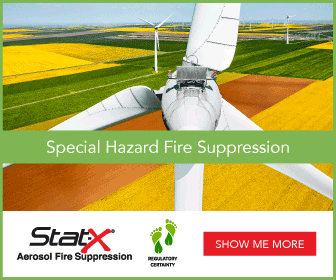

.jpg?r=9390)